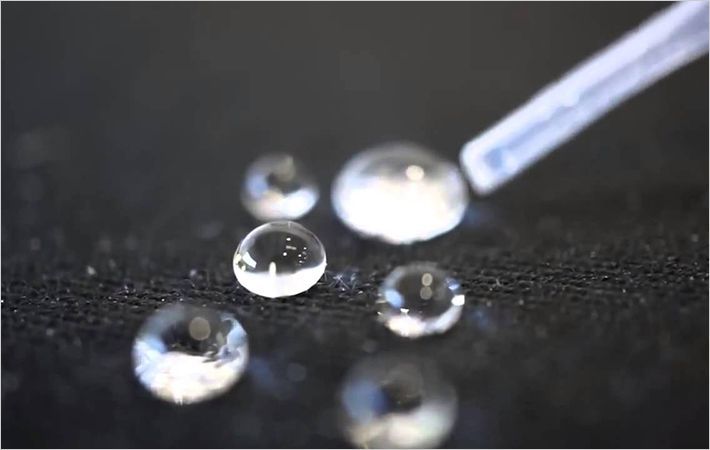These polymers have been modified from poly(styrene-alternative-maleic acid), and they have highly good capacity to eliminate the abovementioned metals from aqueous solutions.
Industrial wastewater polluted by toxic chemicals is one of the concerns for the industrial cities. Due to the wide application of metallic compounds as catalysts or as a semi-conductor in electronic devices, more water reservoirs are polluted with these toxic metallic compounds. Numerous methods have so far been suggested to remove these toxic materials from water reservoirs. Methods to remove toxic ions require many materials and very high energy while they are not able to remove all the ions. Therefore, adsorption methods are very important among other methods due to their simplicity and high removal percentage.
According to Najafi Moqaddam, one of the researchers of the plan, the percentage of cross-linking agent and ultrasonic waves in addition to mechanical stirring reduce the size of the produced polymeric particles to obtain better properties from the modified polymer. The research, that has lead to the production of functionalized three-dimensional resins with the ability to remove heavy metals from aqueous media, had a completely quantitative approach in the field of the chosen metals. Complementary studies showed a high kinetics of adsorption of the resin in the adsorption of heavy metals.
Results obtained from this research can be used in the purification of water and industrial wastewater, and also in Fisheries Organization.
Iran Nanotechnology Initiative Council

